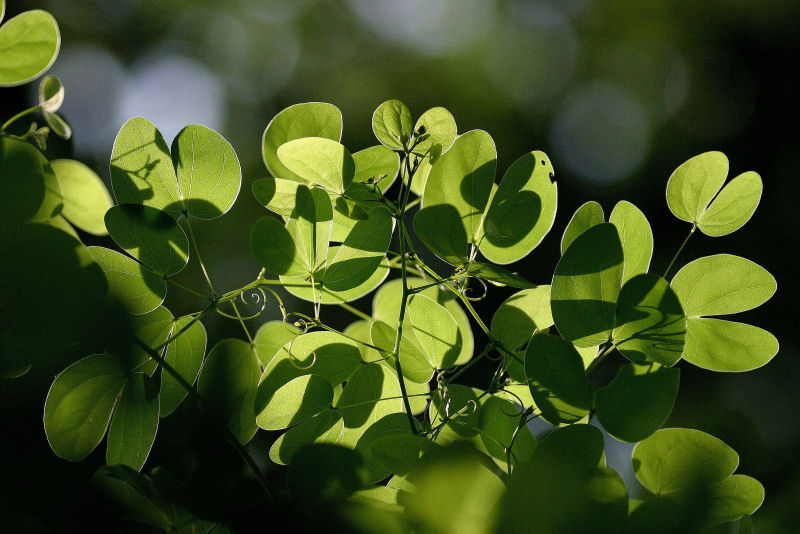Hydrangea paniculata 'Limelight'
![[Hydrangea+paniculata+'Limelight'_2.jpg]](http://3.bp.blogspot.com/_6ANko4sjweM/Sn3jIeFet2I/AAAAAAAAR78/z7SRGAIIwJk/s1600/Hydrangea%2Bpaniculata%2B%27Limelight%27_2.jpg)
Family: Hydrangeaceae (hy-drain-jee-AY-see-ee)
Genus: Hydrangea (hy-DRAIN-juh)
Species: paniculata (pan-ick-yoo-LAY-tuh)
Cultivar: Limelight
Additional cultivar information: (PP12874)
Hybridized by Zwijnenburg; Year of Registration or Introduction: 2001
![[Hydrangea+paniculata+'Limelight'_1.jpg]](http://2.bp.blogspot.com/_6ANko4sjweM/Sn3jIZ8BQcI/AAAAAAAAR70/JJJLVHTTJf0/s1600/Hydrangea%2Bpaniculata%2B%27Limelight%27_1.jpg)
Height:
6-8 ft. (1.8-2.4 m)
Spacing:
6-8 ft. (1.8-2.4 m)
Hardiness:
USDA Zone 4a: to -34.4 °C (-30 °F)
USDA Zone 4b: to -31.6 °C (-25 °F)
USDA Zone 5a: to -28.8 °C (-20 °F)
USDA Zone 5b: to -26.1 °C (-15 °F)
USDA Zone 6a: to -23.3 °C (-10 °F)
USDA Zone 6b: to -20.5 °C (-5 °F)
USDA Zone 7a: to -17.7 °C (0 °F)
USDA Zone 7b: to -14.9 °C (5 °F)
USDA Zone 8a: to -12.2 °C (10 °F)
USDA Zone 8b: to -9.4 °C (15 °F)
Sun Exposure:
Sun to Partial Shade
Danger:
Parts of plant are poisonous if ingested
Bloom Color:
Rose/Mauve
Pale Green
Bloom Time:
Mid Summer
Late Summer/Early Fall
Mid Fall
Foliage:
Deciduous
Other details:
Average Water Needs; Water regularly; do not overwater
Requires consistently moist soil; do not let dry out between waterings
Flowers are good for drying and preserving
Soil pH requirements:
6.1 to 6.5 (mildly acidic)
6.6 to 7.5 (neutral)
7.6 to 7.8 (mildly alkaline)
Patent Information:
Propagation Methods:
From softwood cuttings
N/A: plant does not set seed, flowers are sterile, or plants will not come true from seed
I have this one planted at the base of a Pine tree. The top of the pine tree was topped after hurricane Katrina and it gets full sun.

